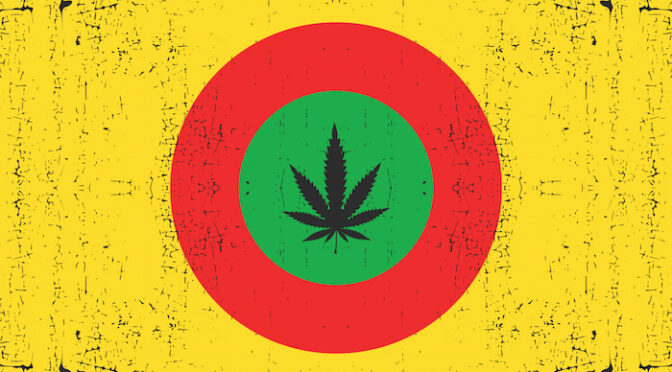The Faith of Rastafari is more than just a religion, but a way of life, a social movement, as well as a mindset, without the structure that most religions are used to. The movement began in Jamaica in the 1930’s amongst working-class black people following a prophecy made by Marcus Garvey, a black political leader, about the unification of black people with Africa, their land of origin. It began in part as a social stand against the oppression from white people and other middle-class people. At the heart of it, they believed that by being taken to the Caribbean by slave traders they had been robbed of their African heritage, which they sought to recapture, and celebrate.
The prophecy was rapidly followed by the crowning of Emperor Haile Selassie in Ethiopia. The Rastafarians saw this as a fulfilment of Garvey’s prophecy, and Haile Selassie was regarded as the Messiah, Jah Rastafari, a figure of salvation who would redeem black people from white suppressors, and reunite them with their homeland. It was Leonard Howell, often called the “First Rasta”, who set up the first Rastafarian commune of 5000 people at Pinnacle, St Catherine, Jamaica.
Rastas express their identity through the livity, a concept of righteous, ever-living living. It’s essence is the realization that an energy or life force, conferred by the Almighty Jah, God, exists within, and flows through, all people and all things. This way of being emphasises a life of naturalness. From the very beginning, Rastafarianism was based around communal living. Hair is most commonly worn as dreadlocks, diet is vegetarian, and herbal medicine is favored; in particular, Cannabis, known as Ganja, was believed to be sanctioned by the Bible, clean the body and mind, and bring the soul closer to God. Rastas have an important concept which is “I and I”, which is said instead of “You and I”. It emphasizes the oneness between humanity and God, and the equality of all humans.
Rastafari is based on the Abrahamic faiths, and the Bible, complemented by other texts, were interpreted in the light of the racial struggle: so just as the ancient empire of Babylon had oppressing the Jews, so modern white people were “Babylon” oppressing the black chosen people, and Ethiopia was Zion. Rastas seek to resist, and even chant down babylon, which are represented by the white power structures of Europe and the Americas. A version of the bible called the Holy Piby was also created, which removed deliberate distortions from the Bible which were believed to be made by white leaders during its translation into English.
In 1974 Haile Selassie was deposed from office by a Marxist revolution, and died mysteriously the next year. To many Rastas, belief spread that he would come again, and to others, his figure has become less central to the Faith. The idea of the return to Africa is today, often understood symbolically in terms of self-expression within white-major societies. Personal liberation, rather than black supremacy is stressed, and now there are white rastafarians also.
Through Rastafari, Reggae music experienced its root development. The work of Bob Marley, one of the most important figures of Rastafari, took the magic of the culture to a worldwide audience, for his lyrics encapsulated the spirit of the movement thoroughly. Today, there are more than a million Rastafarians around the world, many live in communes, which often double as the external reflection of their holy temples, the temple itself being the body.

